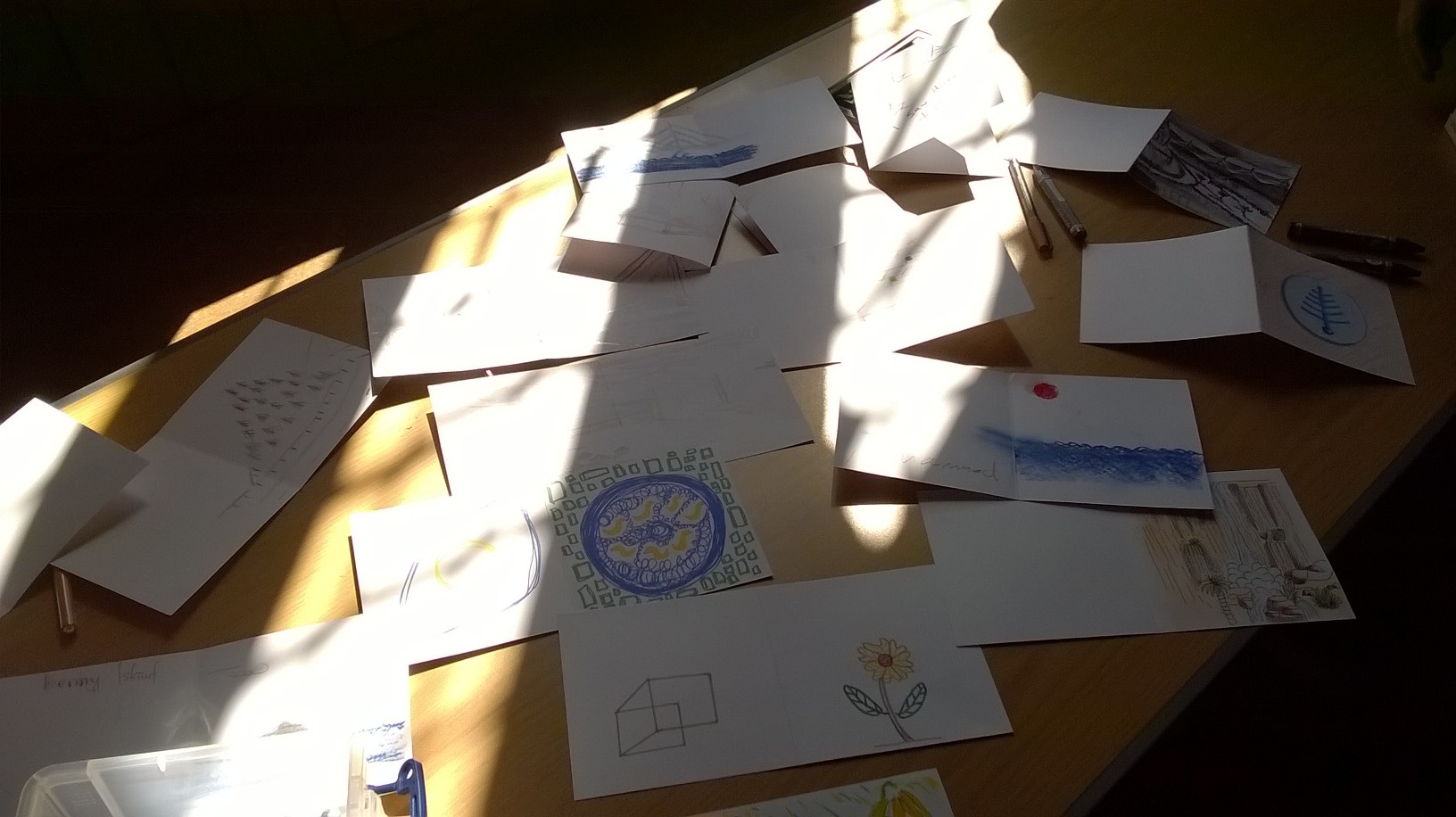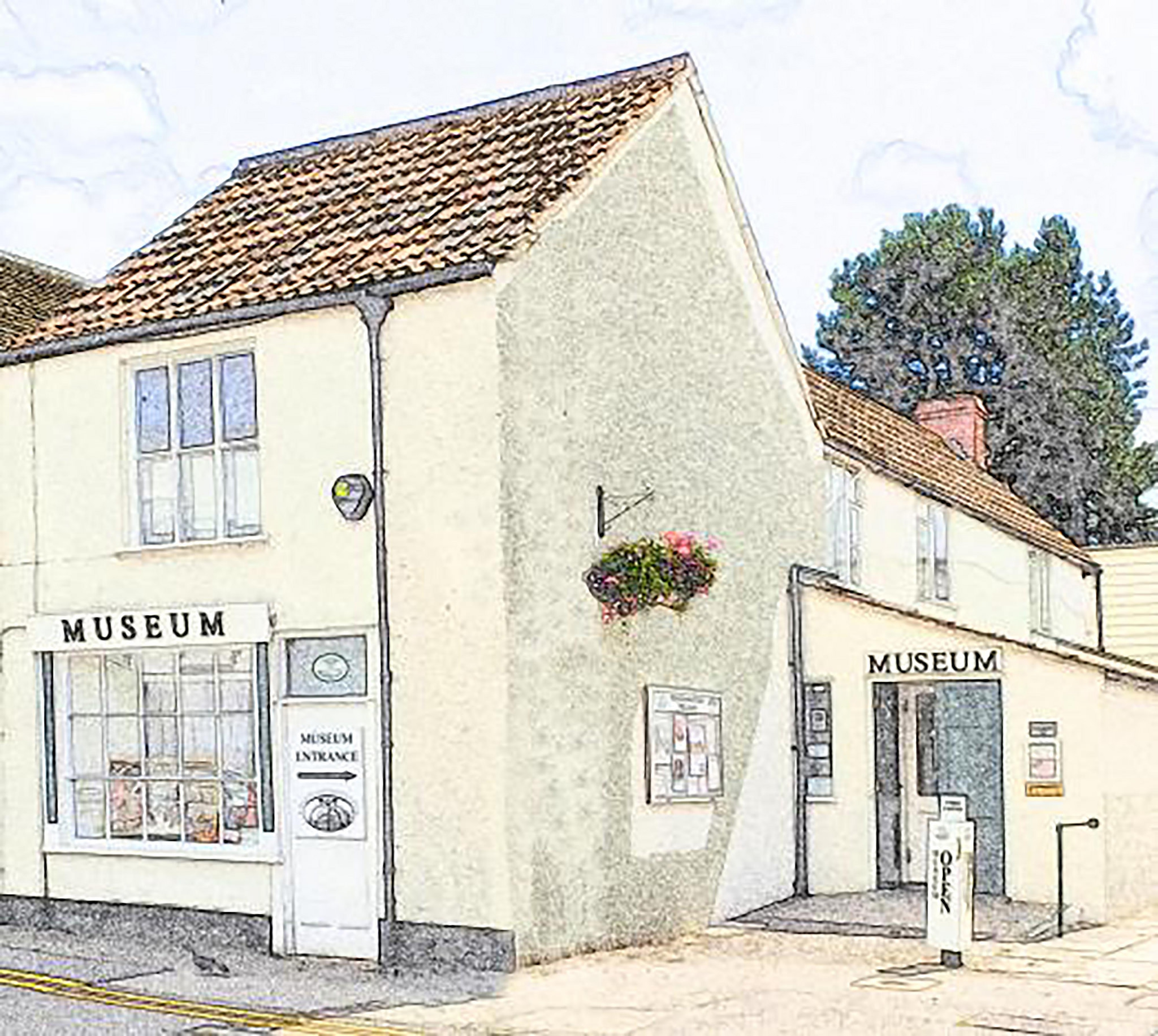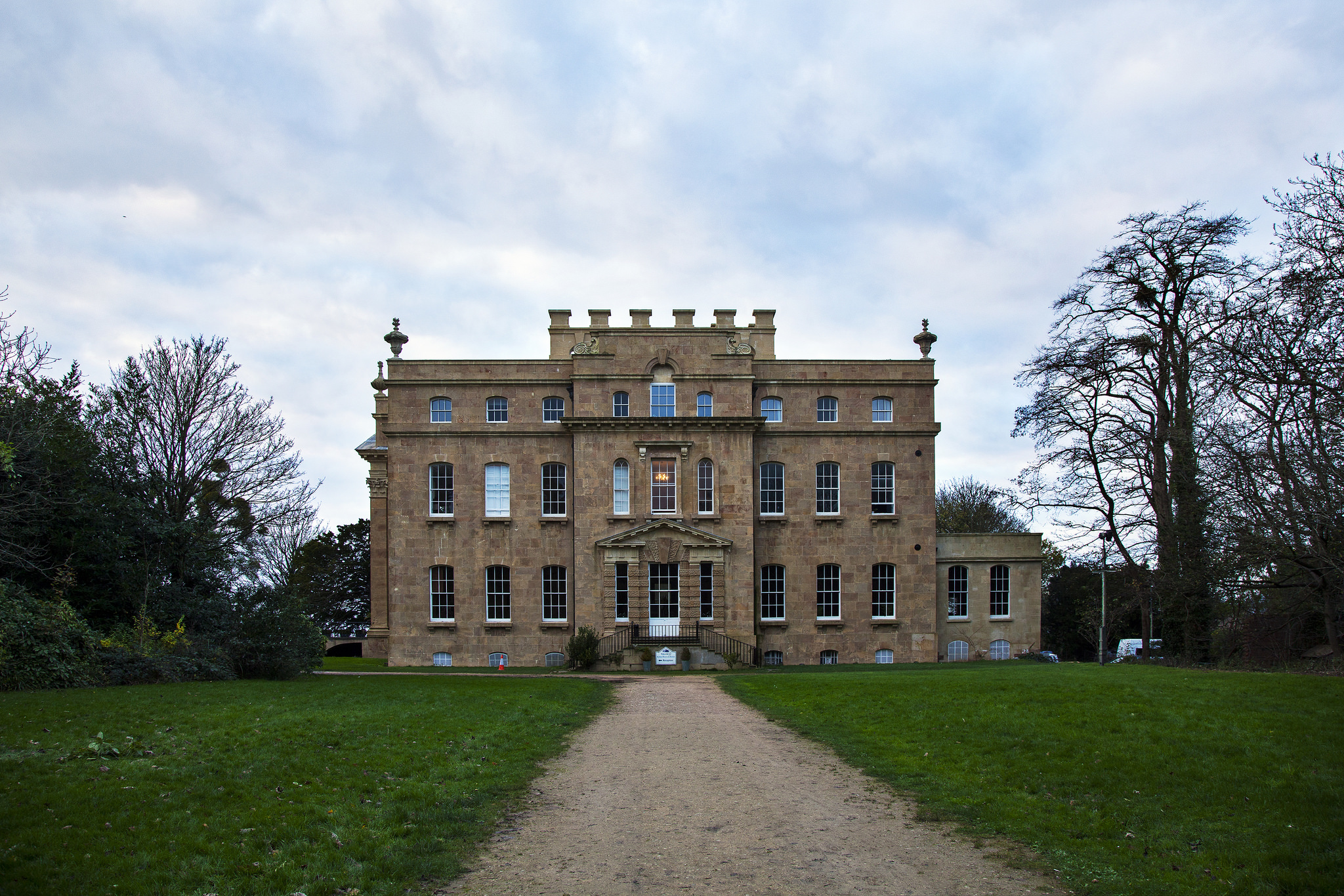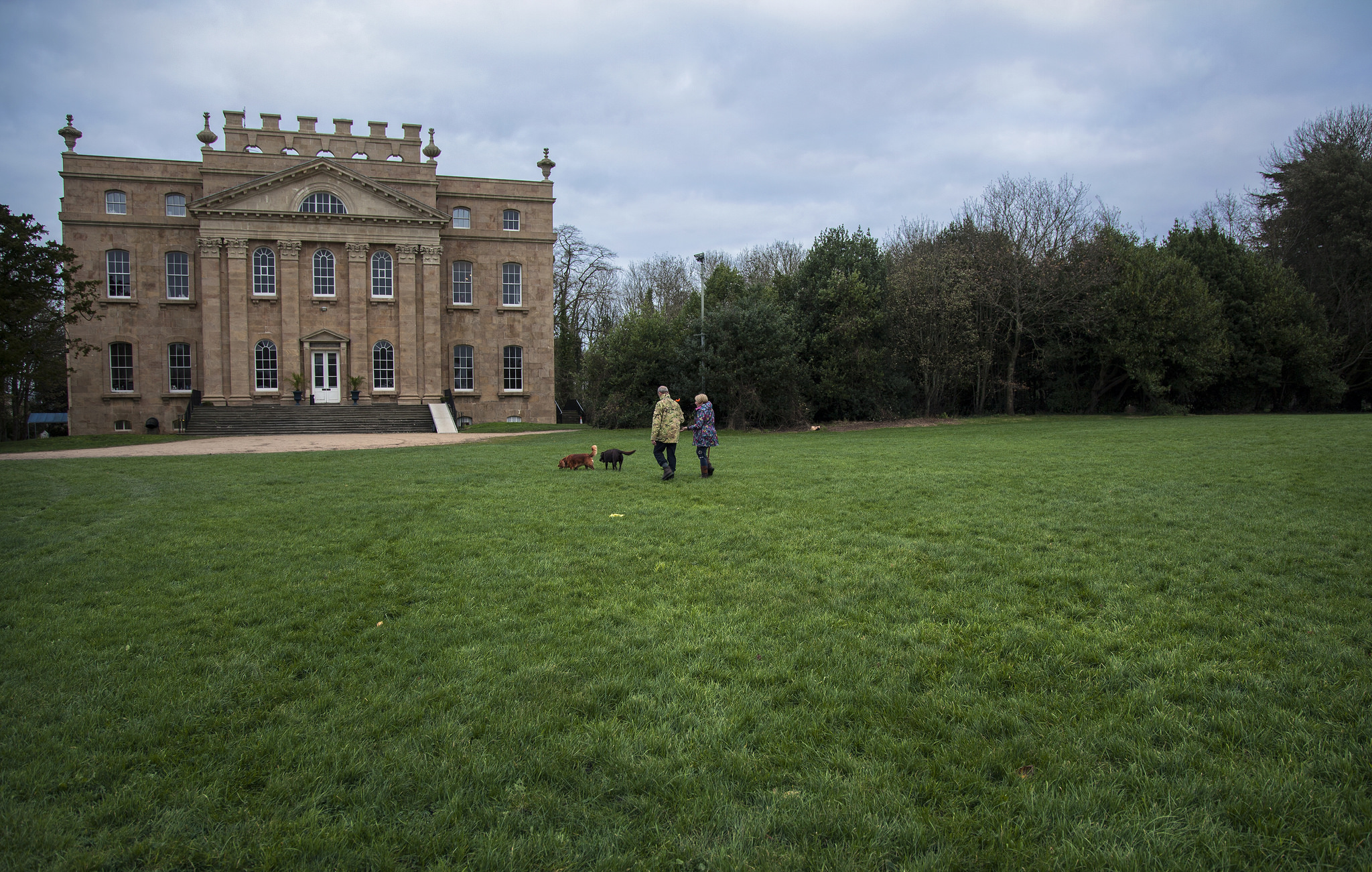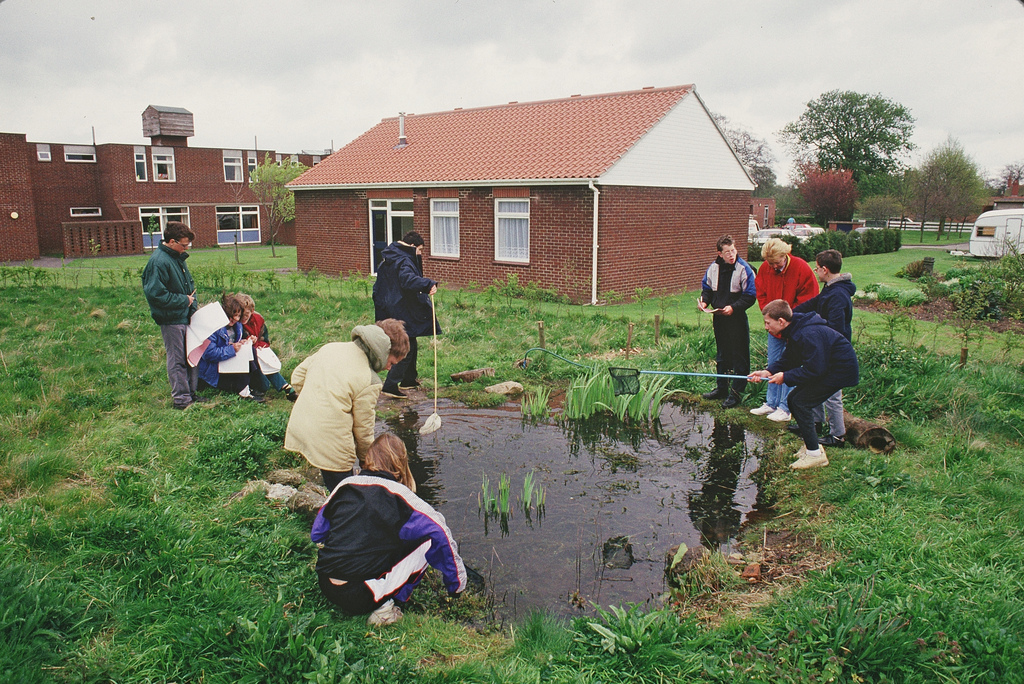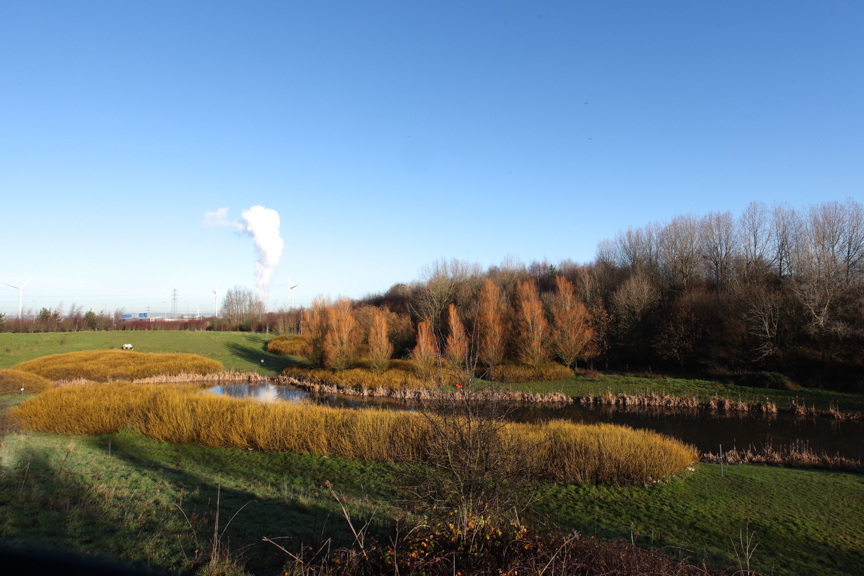Places to Visit / Locations
Restoration at Manor Farm
-
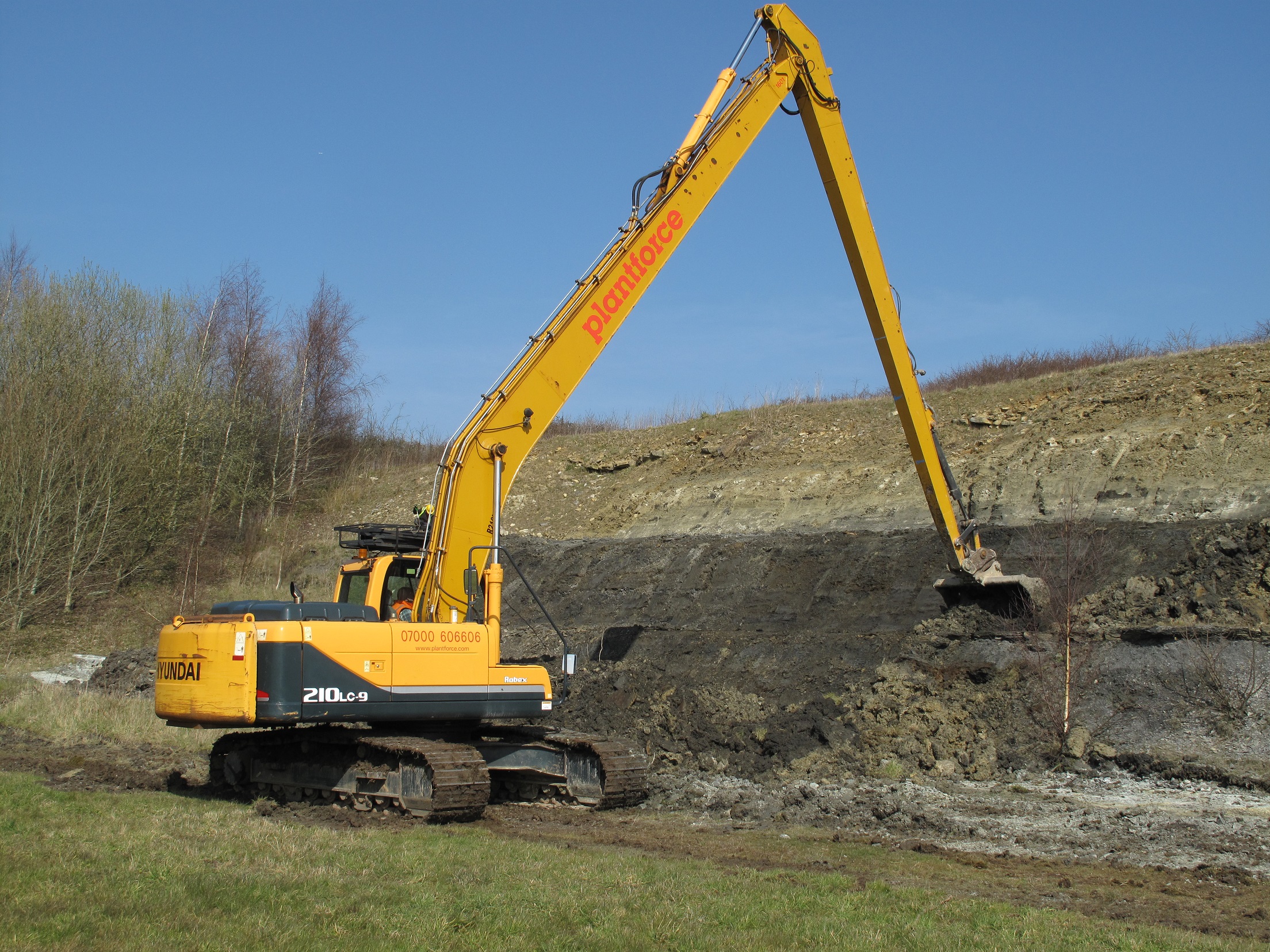 Plantforce
Plantforce -
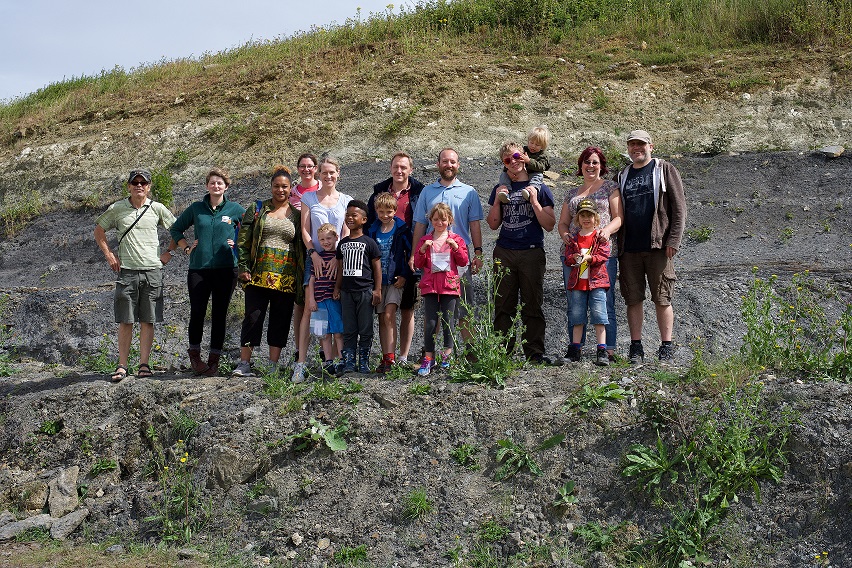 Photo credit: Stephen Judd
Photo credit: Stephen Judd -
Photo credit: Stephen Judd
-
Photo credit: Stephen Judd
Restoration of Nationally Important Geological Site Celebrated By Family Fossil Hunt
This July several local families enjoyed a fascinating brush with the past when A Forgotten Landscape hosted a fossil day to mark the restoration of a series of fossil-rich exposures at Manor Farm Quarry, near Aust.
The work – jointly funded by Natural England and South Gloucestershire Council’s StreetCare Section and carried out by plant hire/contractors Plantforce with the Avon RIGS (Regionally Important Geological Site) Group – involved gently scraping the quarry’s faces with a long reach excavator to remove the spoil and vegetation which had accumulated over the years since it was formed in the 1990s, when clay was extracted for use in the construction of the Second Severn Crossing.
The restoration of the site will ensure that its geological features remain visible and accessible for study for decades to come.
A number of local families took part in the dig, which was led by local naturalist Ed Drewitt. Amanda Phelan was there with her son, Eli. She said: “It was fantastic. My son was completely overwhelmed when he found some shark teeth. But his favourite bit by far was finding the fossilised poo!”
Cleo Lake, with her son Fitzroi, said: “The people leading the event were very knowledgeable – we wouldn’t have been able to find out so much about the fossils without coming today. It’s also given us some good ideas for free things to do in the area.”
Manor Farm Quarry consists of three dramatic rock terraces whose faces expose a series of fossil-rich seams. These include the famous ‘Westbury’ or ‘Rhaetic’ basal bone bed which is also visible at the top of Aust Cliffs, a Site of Special Scientific Interest (SSSI) beneath the nearby Severn Bridge.
The exposures at Manor Farm Quarry and Aust Cliff are nationally important, comprising the best site in Britain for late Triassic/early Jurassic marine reptile and insect fossils. The Rhaetic bone bed dates back some 210 million years to when Europe formed part of a large land mass on the equator and was a landscape of mudflats, sandbanks and warm tropical lagoons.
Over the years, hundreds of fossil remains have been recovered from the Manor Farm Quarry beds including ichthyosaur, plesiosaur (four species), ‘dinosaurs’ and pterosaurs. In addition, the black shales of the Westbury Formation above the bone bed also chart a massive evolutionary progression, with the remains of various species of shark and fish showing their changes over millions of years.
The paler limestone at the top of the quarry face – known as the Cotham bed – add yet further diversity to this site, containing Stromatolite beds (solid structures created by prehistoric algae) and the fossilised remains of mussel shells.
This singular geological importance has led to the site being recognised internationally. It is routinely visited by scientific institutions from overseas as well as domestic universities. It also constitutes an invaluable educational resource for local schools. In recognition of its substantial value for geological research and education, as well as its dramatic landscape features and historic links, Manor Farm Quarry is designated as a Regionally Important Geological Site (RIGS).
Simon Carpenter of the Avon RIGS Group commented: ‘Manor Farm Quarry is a hugely important and precious site and I’d like to express the RIGS Group’s thanks to the owners for allowing the work to be carried out and to Plantforce for their care and professionalism. The scrape has been hugely successful and will ensure that the site’s rich and varied geology will remain accessible for decades to come’.
Martyn Wilmington of contractors Plantforce added: ‘Plantforce were delighted to be involved with the project and it is exceptionally rewarding to know that the company has contributed towards maintaining the site for future study and enjoyment’.
Speaking on behalf of the owners, Jenn Dickens said: ‘It is a wonderful site and offers so much for education and scientific study. It is always pleasing to see the enjoyment families and children get from days like this and I’m delighted that the recent restoration work will maintain the Quarry’s interest for years to come’.
Manor Farm Quarry is privately owned and access is strictly through organised events only and with the kind permission of the owners.
To find out more about this site, you can get in touch or come along to one of our future events!
Did You Know
210 million years ago, this area was largely a landscape of mudflats, sandbanks and warm tropical lagoons!
Related Groups & Societies
- Natural England - SSSI's
- Natural England
- Avon RIGS group
- South Gloucestershire Council StreetCare
- Plantforce
- Ed Drewitt

